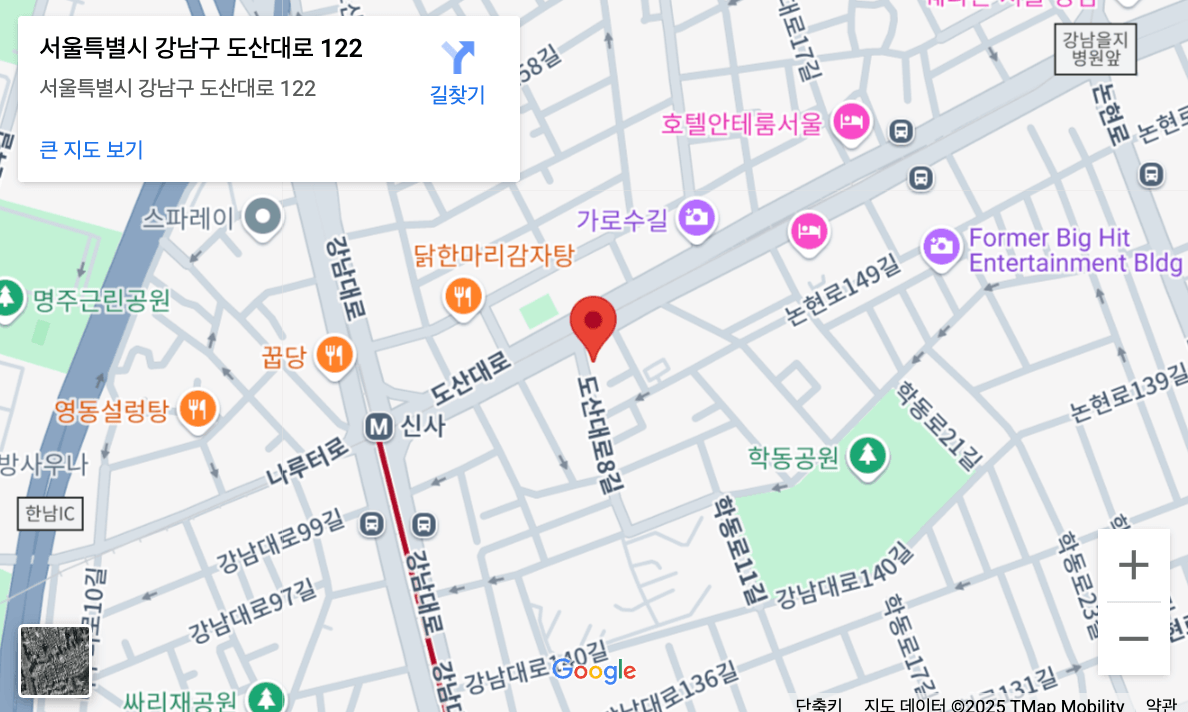Resin vs. Amalgam Fillings in Korea
Understanding the Basics
When you have a cavity, your dentist will suggest a filling. Two of the most common materials are resin (composite) and amalgam (silver-metal alloy). Here’s how they compare — especially in the context of South Korea.
What is Amalgam?
Amalgam fillings are the traditional silver-metal type. They’re durable, cost-effective and great for back teeth (molars) where chewing force is high.
What is Resin (Composite)?
Resin or composite fillings are tooth-coloured, blend in with your natural teeth and are more aesthetic. They are especially popular when the filling is visible (front or smile zone).
💰 Cost Comparison in Korea
Amalgam Fillings
- In Korea, amalgam fillings are still offered though less common than in years past. One source lists a price range of about ₩50,000 to ₩200,000 (≈ US$40-160) per filling. Seoul Dental Clinic Directory+1
- Because they use less aesthetic material and simpler technique, they tend to cost less.
Resin (Composite) Fillings
- For composite fillings in Seoul and Korea more broadly, the cost per tooth usually ranges around ₩70,000 to ₩250,000 (≈ US$60-200) depending on cavity size, clinic location and complexity. Korea Clinic Guide+2Korea Clinic Guide+2
- For example: one clinic lists small composite fillings at ₩50,000-₩80,000 (≈ US$35-60) for very simple cases. 치과 강남
Summary:
- If budget is your priority and the filling is in a non-visible area (molar), amalgam can be cheaper.
- If aesthetics matter (visible tooth, smile line), resin will cost a bit more but offers superior appearance.
- In Korea you’ll probably pay an extra ~₩20,000-₩100,000 (~US$15-80) for resin vs amalgam depending on case.
- Ultimately, cost difference depends on tooth location, material, clinic prestige, and whether you are a foreign patient.
🔍 Advantages & Disadvantages (for Korea context)
Amalgam Advantages:
- Strong and durable for heavy chewing areas.
- Lower material cost → more budget-friendly.
- Proven track record over many years.
Amalgam Disadvantages:
- Noticeable colour (silver/metal) — might be objectionable if visible.
- Some patients have concerns about mercury content (though regulated and considered safe in many cases).
- Fewer clinics promote amalgam as first choice for visible areas — tend to recommend resin for aesthetics.
Resin (Composite) Advantages:
- Matches natural tooth colour — excellent for visible teeth.
- Bonding technique can preserve more tooth structure.
- No silver/metal appearance → ideal for front teeth and smiles.
Resin Disadvantages:
- Slightly higher cost.
- In high-stress chewing zones (molars) may be less durable long-term than ideal metal/ceramic alternatives unless done correctly.
- Material and technique matter — you want a good clinic with modern equipment.
✅ What to Check Before You Book in Korea
- Ask: “Is this filling material resin (tooth-coloured) or amalgam (metal)?”
- Confirm cost quote: small/medium/large cavity, tooth location (front vs back), number of surfaces.
- Check if the clinic has English-friendly service (important for foreign residents/tourists).
- Ensure the quoted cost includes consultation, anaesthesia, finishing/polish.
- Ask about follow-up or maintenance — is it included or extra?
- If you are a foreigner: check if there are additional “foreigner fees” or higher rates compared to locals.
- Consider long-term: if it’s in a chewing-heavy area (molar), you may prefer resin only if the clinic uses high-quality material and technique.
📝 Final Thoughts
In Korea, both amalgam and resin fillings are affordable compared to many Western countries. Resin fillings cost a bit more but offer a clear aesthetic advantage. If your filling is in the front or visible portion of the mouth, resin is likely the better choice. If it’s in a back molar and you’re prioritising cost, amalgam could be acceptable — provided the clinic uses high standards.
For foreign residents or travellers, choosing a reputable Seoul/Gangnam clinic with transparent pricing, English service and modern materials will make the process smoother. Always request a written estimate, ask what material is being used, and understand the cost difference between resin vs amalgam.










